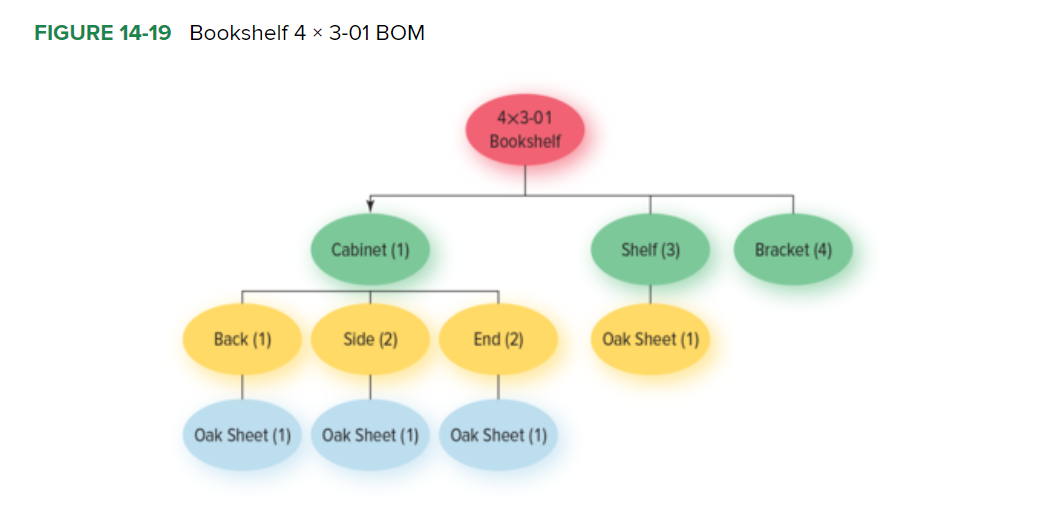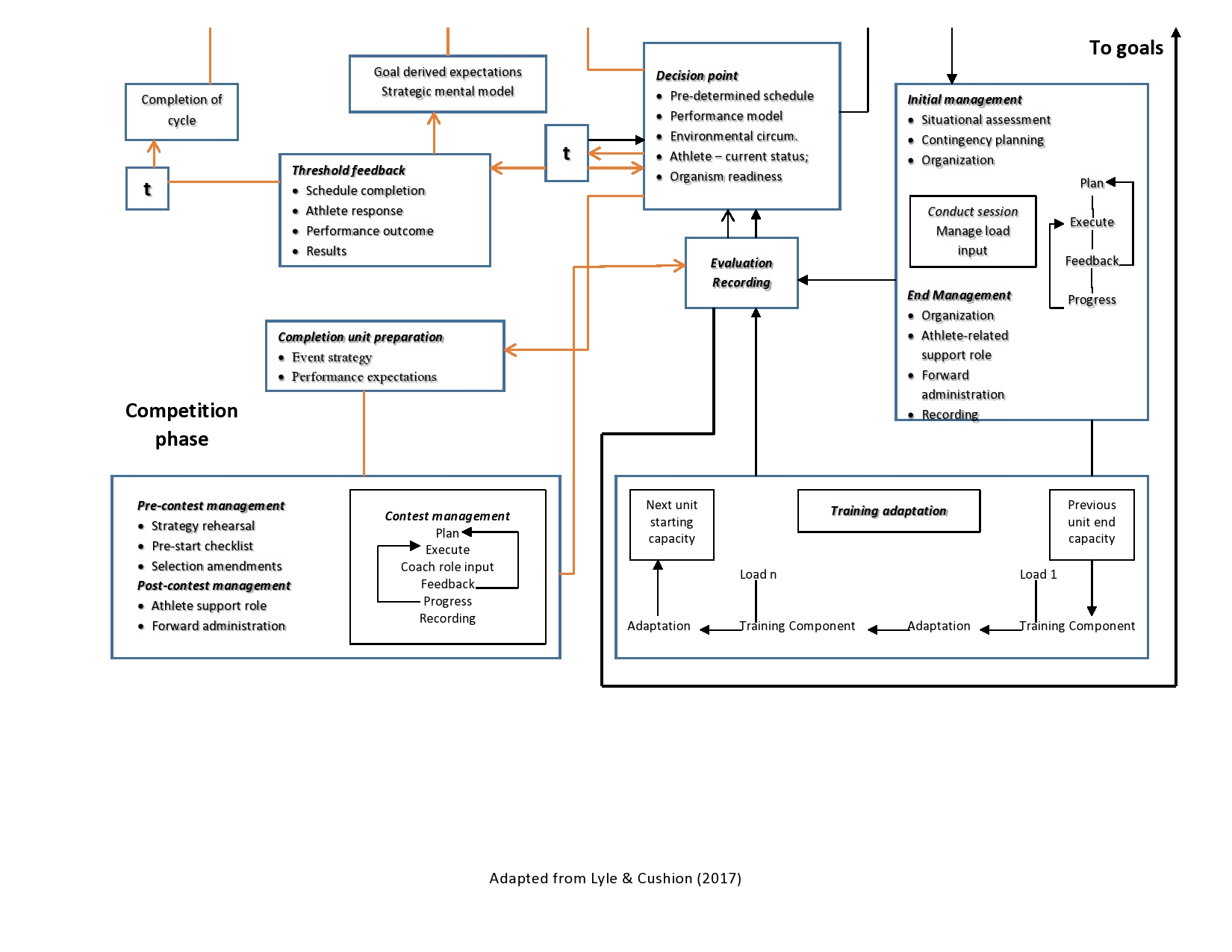Organizational Response Data Breach Crisis
Scenario:
Our company, TechNova Solutions, a mid-sized IT services provider, has experienced a major data breach compromising sensitive client information. News of the breach has reached media outlets, and clients are demanding transparency and immediate action.
Organizational Response:
Drawing on Situational Crisis Communication Theory (SCCT) by Coombs, our first response involves categorizing the crisis as a preventable crisis, given that it stems from internal system vulnerabilities. This classification requires us to adopt a rebuild strategy—apologizing sincerely and offering compensation where appropriate.
1. Immediate Communication:
Within the first 24 hours, the CEO will issue a public statement accepting responsibility, detailing what is known about the breach, and outlining immediate actions taken. This aligns with Stakeholder Theory (Freeman, 1984), ensuring that all stakeholders—clients, employees, regulators—are prioritized and engaged.
2. Crisis Management Team Activation:
A cross-functional Crisis Response Team (CRT) has been activated. Guided by Contingency Theory, which supports flexible approaches depending on the situation, the CRT includes representatives from IT, Legal, Communications, and HR to ensure a coordinated response.
3. Transparency and Accountability:
We are engaging a third-party cybersecurity firm to conduct a full audit and will release their findings publicly. Drawing from Institutional Theory, this step demonstrates compliance with industry norms and regulatory expectations, rebuilding trust through legitimacy.
4. Internal Support and Culture Reinforcement:
To support our internal community, we’re hosting open forums, offering counseling, and reinforcing a culture of transparency and learning. According to Transformational Leadership Theory, empowering and engaging staff during a crisis fosters resilience and commitment.
5. Long-term Strategy and Learning:
We will adopt High Reliability Organization (HRO) principles by institutionalizing continuous learning, improving risk management protocols, and developing a proactive incident response framework. Training and simulations will become quarterly practices to prevent recurrence.
Conclusion:
This crisis, though damaging, presents a strategic inflection point. By responding with honesty, speed, and strategic foresight—guided by SCCT, Stakeholder Theory, and Transformational Leadership—we aim not only to restore trust but emerge as a more resilient, transparent, and responsible organization.












